Curry Leaf is one of the most popular herbs around the world. Curry Leaves are small in size and long, slender, and oval up to a point, averaging a length of 2-4 cm and a width of 1-2 cm. The Curry Leaf plant belongs to the family Rutaceae. These leaves are very fragrant. Curry Leaves have a soft surface, but they are usually removed before serving.
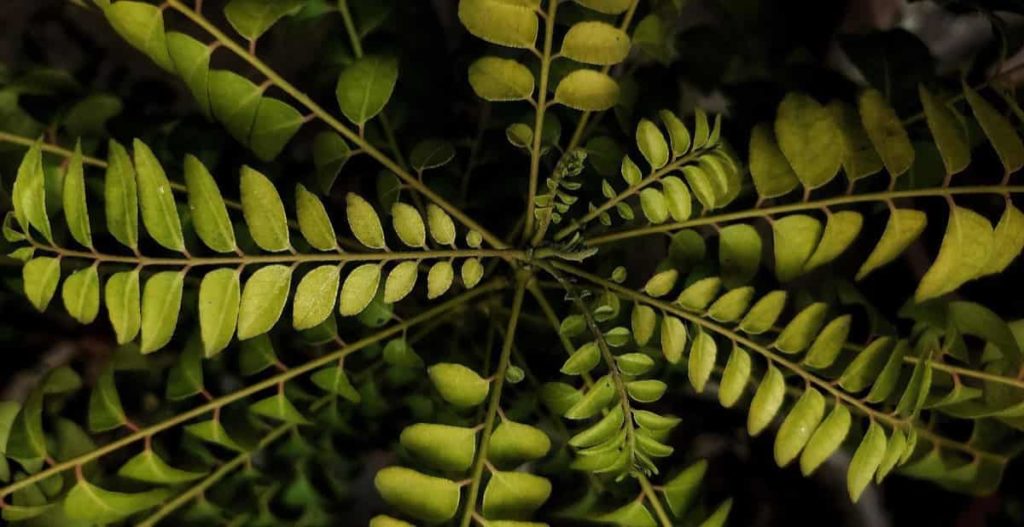
Curry Leaves is a unique flavor that comes from various spices. It has a beautiful, open growth pattern that makes it attractive in an ornamental garden. If it is a plant in a container, you can take it inside and keep it in a warm place. Let’s check out how to grow Curry Leaves in the USA below.
How to grow Curry Leaves in the USA
Curry Leaf varieties in the USA
In the USA, it will grow outdoors in USDA Hardiness Zones 9-11. Dwarf and miniature plants can be grown indoors if your climate is not sweet and neem-friendly. Dwarf leaves are longer which is slightly lighter in color than full-size plants. They are 12 to 24 inches long and 12 inches wide at maturity.
It is an excellent choice for growing houseplants or containers to decorate your yard, which can also be kept indoors during the winter. Suckers can spread them, and in the right conditions, they can be invasive, so planting in containers or regular pruning of suckers may be necessary. The dwarf variety can be grown year-round in 9-11 zones.
Gamthi (miniature) varieties grow slowly, and their leaves are dense and fragrant. This variety is about six to eight inches long at maturity, and the leaves are more palatable than the larger varieties. As a dwarf variety, Gamthi grows best in Zone 9-11 or can be grown indoors in cold areas or all year round.
In case you missed it: Curry Banana Cultivation Income (Raw Banana), and Yield
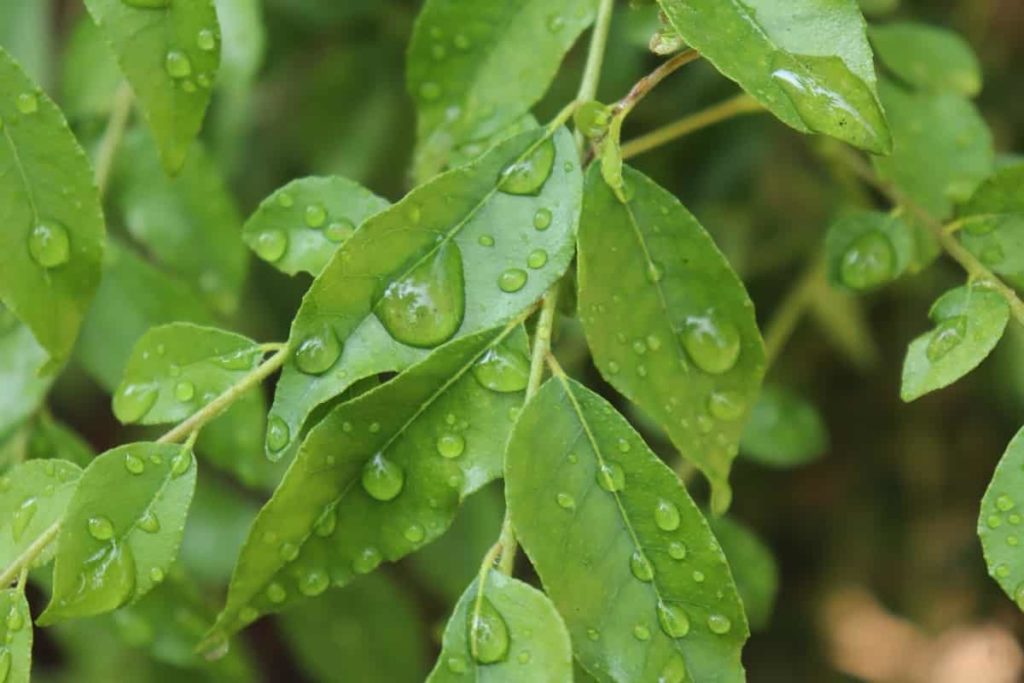
Gamthi is smaller than the bony variety and reaches a height of 6-8 inches at full maturity. Although it does not spread quickly, it compensates by producing the most fragrant leaves of all Curry plants. Gamthi Curry plants only need full sun, well-drained soil, and light fertilizer during summer.
Soil requirement for growing Curry Leaves in the USA
Plant your Curry plant in well-drained soil. Soil pH between 6.0-7.0 is best for Curry Leaves plant growth.
Best Curry Leaves planting tips for best results
When choosing and preparing a place for your Curry plants, choose a place with full sunlight, warm conditions, and well-drained soil. Also, it is not a picker plant to provide. It does not need much water and is semi-drought tolerant. Curry Leaf plants do not need high-quality soil or depend on any specific soil pH level to survive. Stacking may be necessary if airborne plants are planted.
The Curry tree is an overall strong plant that once thrives in ideal sunny, tropical conditions. In cold weather, the Curry tree can only be grown in containers. Let her spend the summer outside and bring her indoors when the cold weather starts. Make sure you have a suitable place indoors for most winters.
How much sunlight does a Curry plant need?
The Curry Leaf plant grows well in about 6 to 8 hours of direct sunlight. So, where you want to plant has airflow and direct sunlight for most of the day. It should be moved to the sunny part in the hot summer months.
If the Curry Leaf plant does not get enough sunlight, it will not be able to grow properly. Without enough light, the Curry Leaf plant will not be able to produce enough food to survive. As a result, Curry Leaves may turn pale yellow or fall off the plant. In addition, the leaves lose their aroma and can be thin and pointed.
Grow Curry Leaves from seed
You can propagate Curry Leaf trees by planting seeds, but remember that this is not a fast process. Buy fresh, dried seeds for the best chance of the germination process. Old seeds do not grow well. The seed of the Curry plant is the original pit of the fruit, which can be peeled and cleaned, or the fruit can be sown directly into the ground without any effort. Be sure to get fresh seeds for a better success rate.
Rub the seeds between your hands, which are berry pits, to remove the hard outer shell. If that doesn’t work, put the Curry Leaf seeds in a plastic bag and then roll a rolling pin over them. If using fresh berries, soak them for 24 hours to remove seeds from the inside. After soaking, you can gently rub the flesh and pulp around the seeds. To start the seeds indoors, sow them in one-third of an inch of soil and keep them moist.
In case you missed it: Growing Curry Leaf Plant from Cuttings, Seed (Kadi Patta)
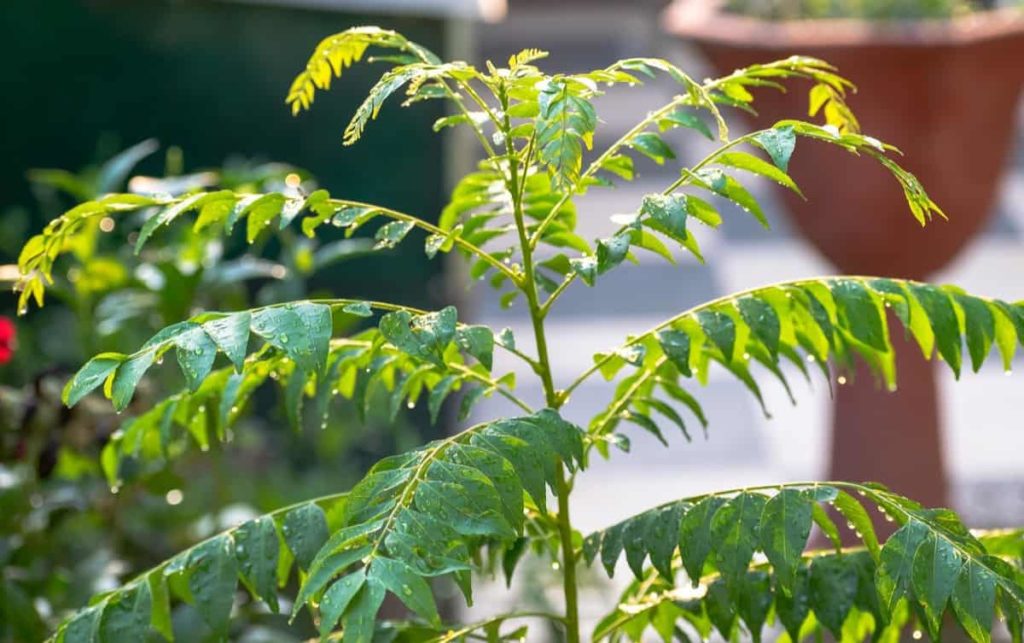
You can help retain moisture by covering the container with plastic wrap and drilling holes, effectively creating a small greenhouse. A soil temperature of at least 20°C is required for seeds to germinate, so use a heat mat if necessary. The seed germination rate for Curry Leaf is very low, so try to plant several seeds on each tray cell to improve the chances of producing a healthy plant.
After the plants emerge, dilute them to one plant as needed. Outside, sow directly into the ground when daytime temperatures are above 18°C. Standard-sized plants should be planted at a distance of four to five feet or the same distance from any structure. Keep the soil moist until the plants appear, in about two to three weeks.
When your Curry Leaf plant is about six months old, it’s time to start harvesting. When a healthy plant forms six or more branches with several developed leaves on each, pinch or cut two of the branches from behind to encourage bush growth. The purpose is to encourage the plant to become bushy with lots of offshoots instead of spindly and tall.
Planting a Curry Leaves tree in warmer regions
If you live in USDA Zone 9-11, grow it outside. Apply it in a sunny spot in your garden, watering regularly for the next two months. Fill in the white flowers in the first two years to appreciate healthy growth. Once fixed, it will start to grow faster.
Planting a Curry Leaves tree in cold areas
Gardeners below USDA Zone 9 or where the winters are harsh should grow it in a container. The best spring for planting. Please put it in a 5-gallon container and upgrade its size as the growth increases. It can tolerate mild freezing temperatures but requires a lot of care in winter; in extreme cold, it sheds its leaves, remains dormant till spring, and starts growing again.
Field preparation and planting of Curry Leaves in the USA
The main field should be plowed repeatedly. Usually, a distance of 90 to 120 cm is maintained on both sides. One month before planting, pits of 30 x 30 x 30 cm dimensions are dug, and at the time of planting, well-decomposed farm yards are filled with topsoil and compost. Healthy seedlings are planted in the middle of the pits. Then, the pits are joined together to form long edges to facilitate easy irrigation.
The seedlings are irrigated once every five to seven days for three years and then once every 15 days. Curry plants are generally not fertilized by farmers with inorganic sources. However, for better growth and yield, 20 kg of farmyard manure can be added to each plant in addition to 150 grams of nitrogen, 25 grams of phosphorus, and 50 grams of potash per year.
Watering the Curry Leaves plant for better growth and yield
Curry Leaf plants do not require much water and are partially tolerant of drought conditions. Giving too much water to the Curry plant is a death sentence. Then, allow the soil to dry completely during watering. During the spring and the less warm months of the year, this plant will thrive if watered once a week.
In case you missed it: Curry Leaf Farming Project Report, Cost, Profits Guide
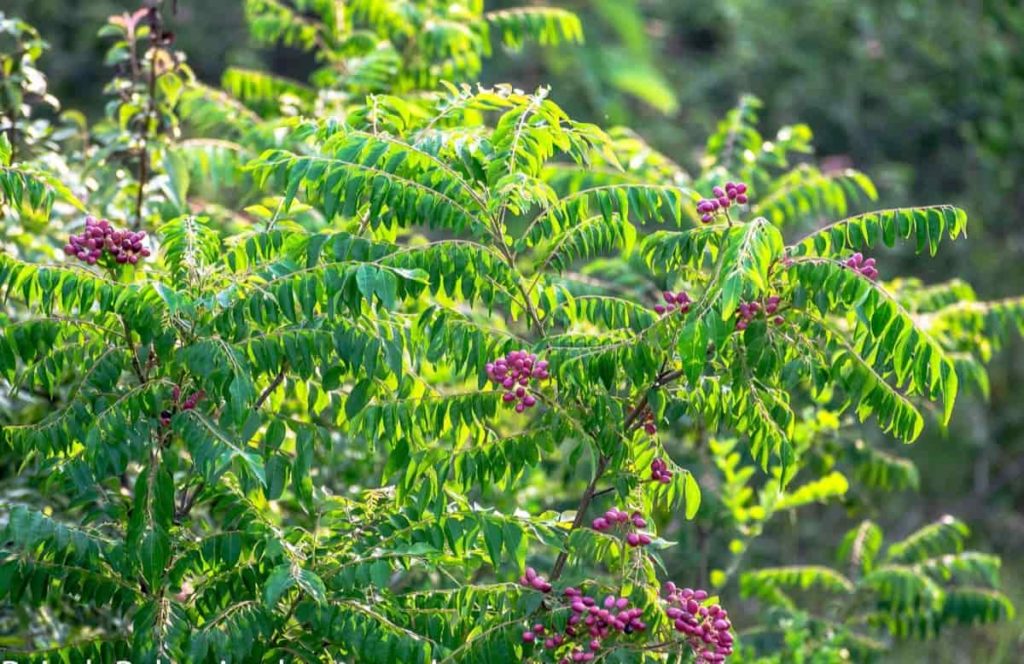
During the hot summer season, it may need water every day to ensure that the soil is not too dry in the heat. You will want to reduce the water given to the plant when it is cold outside, as it will be mostly dormant. With this plant, you need to ensure that the roots of the plant do not get stuck in the water. It can cause some problems that will stop its growth.
Young Curry plants are at high risk of root rot. Do not over-water the Curry Leaf plant. Visually inspect to make sure the plant needs water before each watering. Dry soil feels lighter in color, and the container feels lighter in weight. In the spring, just watering once a week is enough. If the plant is watered by rain, delay watering it until it touches the soil above and feels dry.
Tips for growing Curry Leaves in containers
Using pots or containers instead of gardens to grow Curry Leaves is better. Most Curry Leaf seedlings and cuttings grow fast and grow well when planted in pots. In addition, placing Curry Leaves in pots allows you to change your position to meet growth needs. Remember that you must select a deep, wide container; otherwise, you will need to transplant your herbs into larger containers as they grow.
This herb will need at least 30-gallon containers by the age of 10. Curry Leaf is a delicate aid that does not correspond to poor-quality soil. Therefore, for your seeds to grow and your plants to grow, you must use well-drained soil. It is recommended that the soil be slightly acidic. Curry Leaves need regular watering in spring and other mild seasons. Fill the container halfway with potting soil.
Remove the Curry Leaf plant from the existing container. If the plant roots grow in a circular direction, gently shake the roots. Put the plant in a new container. Fill the 1.5 to 2 inches below the edge of the container with the rest of the pot mixture and compost mixture. Gently press around the plant base to expel air bubbles trapped under the soil.
In case you missed it: Growing Curry Leaf Plants in Pots / Containers
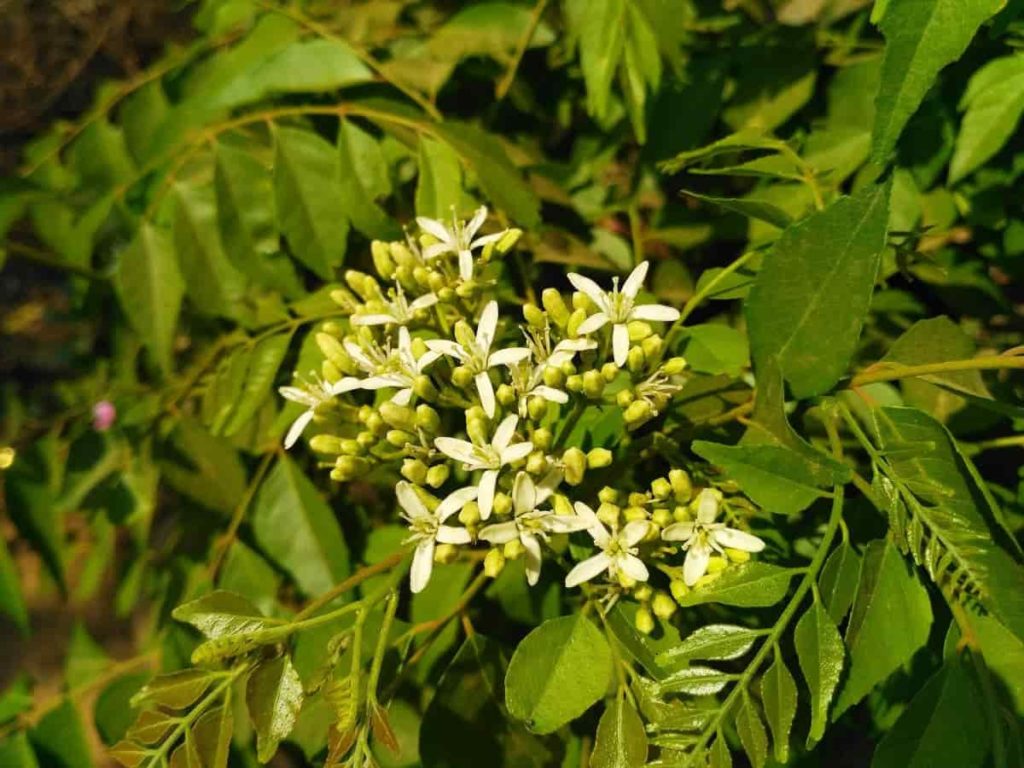
Sprinkle the fertilizer like Blood Meal on the top later. Mix the topsoil well. Gently water around the plant base until you see water run out through the drainage hole in the pot. Place the pot and container in a warm and sunny place. Ensure the Curry Leaf plant gets 6 to 8 hours of direct sunlight daily.
Fertilizer and pruning requirement Curry Leaves plant growth
Curry Leaves do not need a regular dose of fertilizer. Use nitrogen-rich fertilizers in a month or two to increase growth. Also, do not apply fertilizer during the dormant phase of the plant, which occurs in cold areas in winter. Regularly pruning or picking leaves is essential for the growth of fresh plants. Cut dead Leaves and branches from the Curry Leaf plant to preserve it.
Pests and disease management in Curry Leaf plants
Although the scent of Curry Leaves repels various insects, many insects can stop the plant’s growth. These are scales, aphids, mealybugs, and psyllids. Due to its strong aroma, Curry Leaves manages to keep away many pests and diseases. It usually grows without being affected. However, some pests and diseases can bother you, depending on your climate. It is easy for your plant to become infected; you will see white, brown, or black spots on its leaves and stems. When the leaves become sticky or curly, it also means that your plant is affected.
Curry plants are generally free of pests and diseases. The strong scent from the plant usually works well to keep away diseases and garden pests, but in some adverse weather conditions, a few problems can arise. Spraying diluted neem or gardening oil on your plants will help prevent pests and diseases. Also, if you notice bugs, spots, bite marks, or other signs of infection, use a saline shower every two weeks instead of regular watering.
Plant dying or not growing – If your Curry plant is dying, chances are it is not getting hydration problems, pest infestations, soil problems, or too much sunlight. Curry Leaf plants are easy to care for, but if you want to revive them, you must take care of the dying plant as soon as possible.
Things like dry soil, too little light, fungal problems, or neglect quickly lose their strength and wither. Curry Leaves are due to the plant’s growth during the winter (the plant is preparing for the winter), low exposure to sunlight, or low temperatures. Other reasons would be unsuitable soil for plants, above or under water. They usually grow slowly.
Tips for growing Curry Leaf plants faster
Dissolve Epsom salt (magnesium sulfate) by one teaspoon in 1 liter of water and feed the plant when it is dry. Give Epsom salt to the plant every three months. Your plant will grow fast and very well. The Curry Leaf plant will grow green leaves throughout spring, summer, and autumn.
In case you missed it: Curry Leaves Farming a Profitable Business (Kadi Patta)
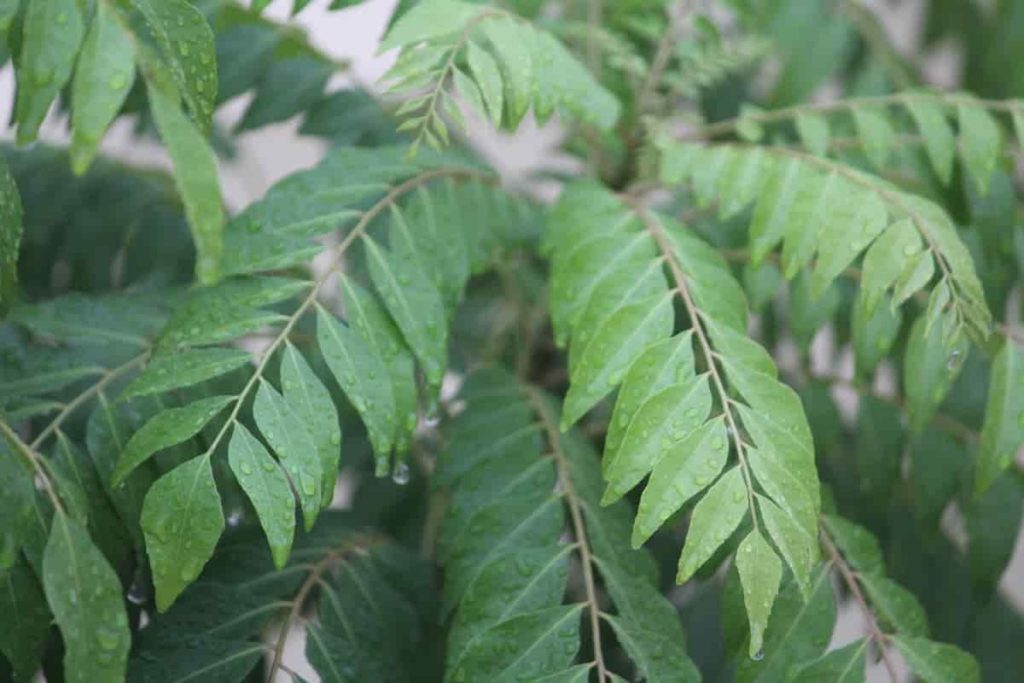
Tips for harvesting Curry Leaves
Since harvesting Curry Leaves encourages the growth of new leaves, you can prune the leaves whenever you want. Choose leaves from herbs and use them to add flavor to your cooking. The taste of fresh leaves is stronger than that of dried leaves.
Do you grow Curry Leaves in California?
The Curry Leaf tree works well in Southern California and is easy to start and maintain. It prefers a warm, sunny place.
Conclusion
Curry Leaves are a wonderful aromatic herb that is used in many dishes. It is accustomed to growing in the subtropical region, so if you live in the USA, this is a plant that will work best in vital areas from 9 to 11. The plant can still be grown there if you live outside of these regions but will need to be planted in a pot or container where it can be moved inside when it is too cold for the Curry Leaf plant. The above are the steps you can take to grow Curry Leaves in the USA.
- Types of Pesticides Used in Agriculture: A Beginner’s Guide
- Economical Aquaculture: A Guide to Low-Budget Fish Farming
- 15 Common Planting Errors That Can Doom Your Fruit Trees
- How to Make Houseplants Bushy: Effective Tips and Ideas
- Innovative Strategies for Boosting Coconut Pollination and Yield
- Pollination Strategies for Maximum Pumpkin Yield
- The Complete Guide to Chicken Fattening: Strategies for Maximum Growth
- Natural Solutions for Tulip Problems: 100% Effective Remedies for Leaf and Bulb-Related Issues
- Revolutionizing Citrus Preservation: Towards a Healthier, Greener Future
- Natural Solutions for Peony Leaf and Flower Problems: 100% Effective Remedies
- Maximizing Profits with Avocado Contract Farming in India: A Comprehensive Guide
- Natural Solutions for Hydrangea Problems: 100% Effective Remedies for Leaf and Flowers
- The Ultimate Guide to Choosing the Perfect Foliage Friend: Bringing Life Indoors
- From Sunlight to Sustainability: 15 Ways to Use Solar Technology in Agriculture
- The Ultimate Guide to Dong Tao Chicken: Exploring from History to Raising
- The Eco-Friendly Makeover: How to Convert Your Unused Swimming Pool into a Fish Pond
- Mastering the Art of Delaware Chicken Farming: Essentials for Healthy Backyard Flocks
- 20 Best Homemade Fertilizers for Money Plant: DIY Recipes and Application Methods
- How to Craft a Comprehensive Free-Range Chicken Farming Business Plan
- Brighten Your Flock: Raising Easter Egger Chickens for Beauty and Bounty
- How to Optimize Your Poultry Egg Farm Business Plan with These Strategies
- Subsidy for Spirulina Cultivation: How Indian Government Schemes Encouraging Spirulina Farmers
- Ultimate Guide to Raising Dominique Chickens: Breeding, Feeding, Egg-Production, and Care
- Mastering the Art of Raising Jersey Giant Chickens: Care, Feeding, and More
- Ultimate Guide to Raising Legbar Chickens: Breeding, Farming Practices, Diet, Egg-Production
- How to Raise Welsummer Chickens: A Comprehensive Guide for Beginners
- How to Protect Indoor Plants in Winter: A Comprehensive Guide
- Ultimate Guide to Grow Bag Gardening: Tips, Tricks, and Planting Ideas for Urban Gardeners
- Guide to Lotus Cultivation: How to Propagate, Plant, Grow, Care, Cost, and Profit
- Agriculture Drone Subsidy Scheme: Government Kisan Subsidy, License, and How to Apply Online
- Ultimate Guide to Raising Araucana Chickens: Breed Profile, Farming Economics, Diet, and Care
- Bringing Hydroponics to Classroom: Importance, Benefits of Learning for School Students
- Ultimate Guide to Raising Polish Chickens: Breed Profile, Farming Economics, Diet, and Care
- Ultimate Guide to Raising Australorp Chickens: Profile, Farming Economics, Egg Production, Diet, and Care
- Silkie Chicken Farming: Raising Practices, Varieties, Egg Production, Diet, and Care
- Sussex Chicken Farming: Raising Practices, Varieties, Egg Production, Diet and Care